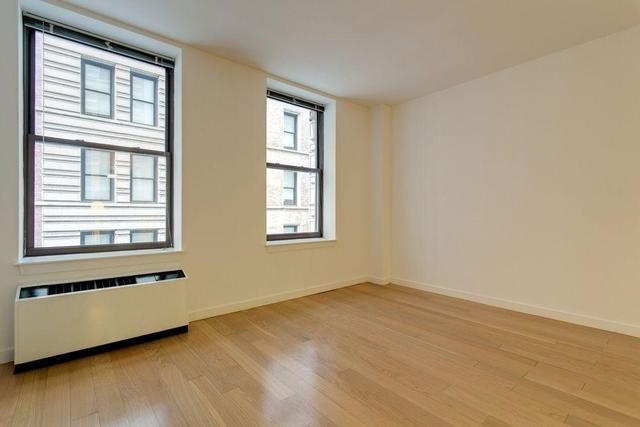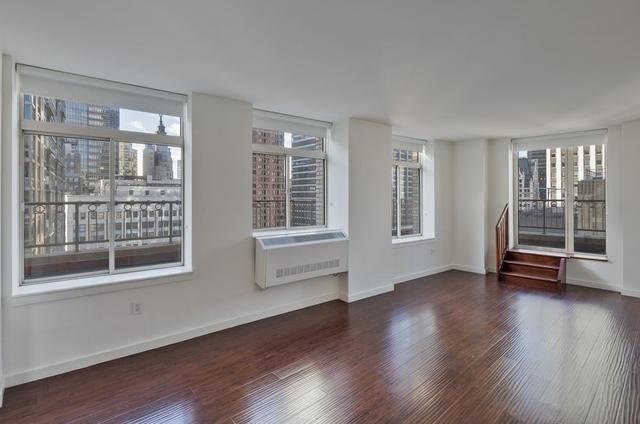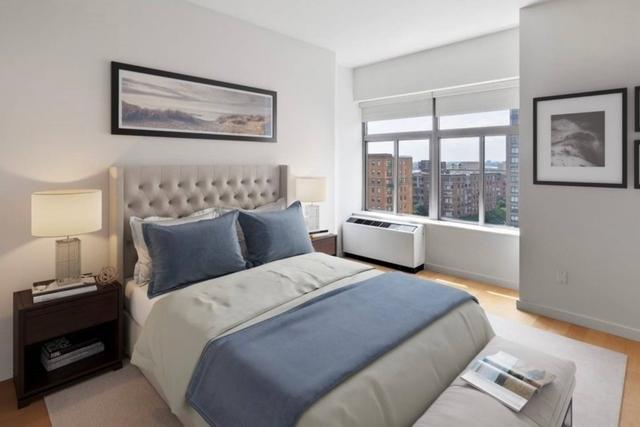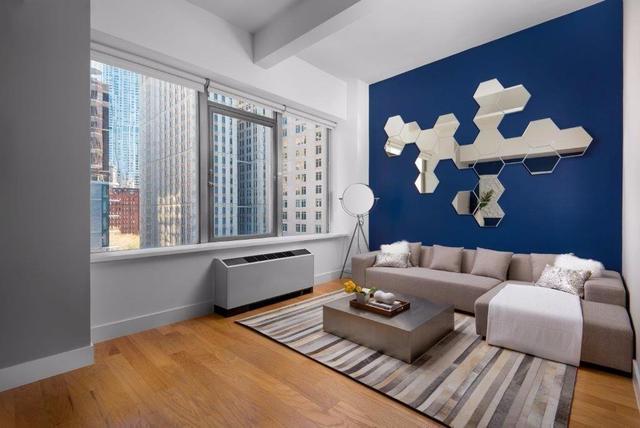
What Is a Turret On a House?
By: ROS Team
Have you ever gazed upon a house with a charming little tower jutting out from its side? Those enchanting structures are called turrets, and they add a touch of magic and history to any home. But what exactly is a turret in a house, and why do they exist? Dive into this blog post to unlock the secrets of these fascinating architectural features.
What Is a Turret On a House?
A turret on a house is a small, typically cylindrical tower that projects outwards from the main structure. Historically used for defense in castles, modern turrets are mostly decorative, adding a touch of whimsy and character to a house.
Why Is It Called a Turret?
The word “turret” comes from the French “Tourette,” which is a diminutive of “tour,” meaning “tower.” So, a turret is essentially a small tower, hence the name.
History of Turret Houses
Turret Houses have been around since medieval times; they were originally designed as military outposts for castles and fortresses. These small towers were built on the corners of buildings so that archers could attack invaders from above.

However, when there was no longer any need to be constantly wary of attack, they evolved into something else entirely. Instead of being used solely in defense strategies, they started being used decoratively too. This is why you find them mostly on old Victorian-style homes like ‘Queen Anne’ or ‘Romanesque’ houses which were built during this period across America.
Nowadays, however, most people see them more as a design feature than anything else; they’re often turned into reading corners or offices or even little secret rooms for kids to play in.
Benefits of Turrets in a House
- Extra Space: Larger turrets provide extra room. You could make them cozy nooks, home workspaces, or even guest bedrooms.
- Natural Light: Turret windows allow sunlight to stream in, illuminating even the dimmest areas of your house. This can create a warm, welcoming ambiance.
- Panoramic Views: Turrets elevate your vantage point. You’ll enjoy picturesque scenery of the surrounding environment from these raised positions.
- Enhanced Ventilation: Properly positioned turrets promote natural ventilation by facilitating air circulation throughout the home. This helps improve indoor air quality.
- Architectural Character: Turrets lend an enchanting, distinctive look to a residence. They make your home stand apart with architectural charm and personality.
What’s the Difference Between a Cupola and a Turret?
The key difference lies in their shape and location:
Turret: A small cylindrical tower coming out from the main structure of a building, usually with windows and a pointed roof.
Cupola: A dome-shaped structure, usually resembling an upside-down cup, on top of a roof or dome for providing ventilation.
What’s the Difference Between a Tower and a Turret?
The main difference lies in their connection to the building:
Tower: Stands independently with its foundation, reaching from the ground to the roof.
Turret: Projects outwards from the main structure of a building, typically at a higher level, and doesn’t extend to the ground.
Why Do Victorian Houses Have Turrets?
Reflecting the period’s captivation with medieval and Gothic architecture, Victorian homes boast turrets as symbols of grandeur and romance. These design elements were derived from European castles and fortresses and were meant to create an atmosphere of history, fantasy, and luxury. Turrets were also practical; they offered panoramic views and extra light for upper rooms, all while contributing to the ornate complexity that defines this style of design.
Related Article:
Shouse House – Ultimate Guide
What Are Tract Homes
Split Level Houses – Complete Guide








